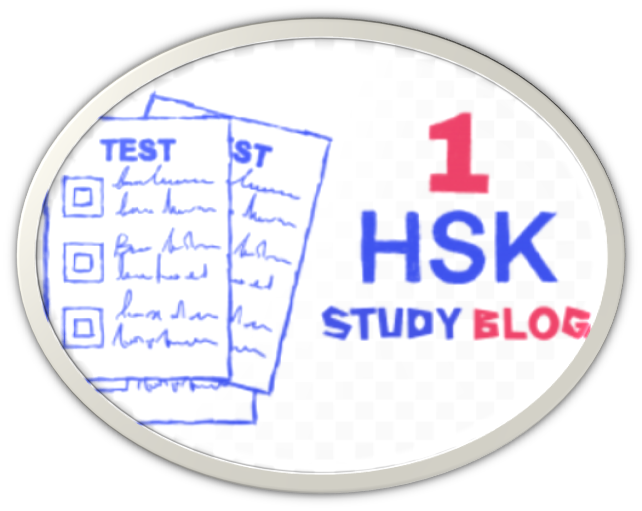Chinese HSK is the abbreviation of Chinese Proficiency Test and is an international standard skill test for non-native Chinese speakers. HSK is the official Chinese language test for foreigners, similar to the Cambridge English test. The test was introduced by the Chinese government in 2010.
The HSK exam consists of two separate sections: a written exam and an oral exam. The written examination is divided into six levels: HSK Level 1 to HSK Level 6, and the oral examination is subdivided into three stages: HSK Basic, HSK Intermediate to HSK Advanced.

When you apply to study in China, this is one of the requirements for Chinese-taught master’s and bachelor’s degrees. HSK is an international standard Chinese proficiency test that focuses on the communicative skills of non-native language candidates in life, study and work.
Universities in China require HSK accreditation to allow international students to study Chinese-taught courses. Some companies also use HSK as a requirement to hire international talent to work in their China offices.
Chinese HSK candidates are able to understand and use some simple Chinese words and sentences to meet specific communicative needs, and have the ability to further learn Chinese.
Through HSK (Level 2), candidates can communicate directly and directly in Chinese on familiar daily topics, and reach an excellent level of elementary Chinese.
Through HSK (Level 3), candidates can use Chinese to complete basic communication tasks in life, study, work, etc., and can cope with most of the communication tasks encountered when traveling in China.
HSK (Level 4) candidates can talk about a wide range of topics in Chinese and can communicate more fluently with native Chinese speakers.
HSK (Level 5) candidates can read Chinese newspapers and magazines, enjoy Chinese films and TV programs, and give more complete speeches with Chinese.
HSK (Level 6) candidates can easily understand what they hear or read in Chinese and express their opinions fluently in Chinese either orally or in writing.

HSK follows the principle of “combined teaching”, and the test design is closely related to the current situation of international Chinese teaching. In addition, it also emphasizes the use of teaching materials to achieve the purpose of “promoting teaching through examination” and “promoting learning through examination”.
HSK pays more attention to the objectivity and accuracy of evaluation, and also pays attention to the cultivation of candidates’ ability to apply Chinese in daily life.
In addition, clear test objectives are set to help candidates plan and effectively improve their Chinese proficiency. For many, saying Chinese is still exotic. But is it that hard?
With nearly 1.3 billion speakers worldwide, Chinese is one of the most important languages in the world. But there is an insurmountable aura around: learning the language will be extremely difficult.
Chinese the text that he is most proud of is a kind of “logo graphic text”, in which a picture shows a field of meaning. To read the newspaper smoothly, you have to master about 2500 characters, but there are many more, about 80,000 characters.
It remains the oldest script used worldwide. People are also attracted to the aesthetics of the characters. Can you write out these characters by copying them? No, there are strict rules for this. For each character, you must draw some dashes in the correct order. In the long run, computers can automate the writing process.
Linguists pour all sounds into a clear table, with different combinations. But then there’s the tone. There are four different tones. Depending on the tone of voice you use, the meaning changes.
How do you write these characters into beautiful sentences? Surprisingly, it’s not even that hard. Chinese use “syntactic simplicity”: many things that make language difficult, such as singular/plural, Chinese not.
The order of the sentences is crucial. Chinese is also a special contextual language, and social context plays an important role. “Have you eaten?” It could mean “How are you?” Cultural knowledge is crucial.
Chinese scholars have one of the best admissions services in China. We provide Chinese HSK assistance to more than 5,000 international students in China every year. Our partnerships span multiple industries to provide real opportunity and value to our clients. Chinese scholars will help you gain admission to Chinese universities and study in China.
With over a decade of experience, we are the most extensive student mobility program in China, covering every aspect you need. We also support you during your stay in China with comprehensive packages.
In addition to the professional admission process, we encourage you to go through career development, internship programs, learning success, and job introductions. While in China, you will be able to fully participate in our entrepreneurial programs, career events, and senior coaching community.
